
views
Outer Quad Exercises
Leg extensions If you’re at a gym, you can do leg extensions on a weight bench with leg rollers. Position your legs so your lower shins are under the rollers. Turn your feet slightly inward by rotating your hips, then slowly extend and lower your legs. Repeat this for about 10–12 reps and 2–3 sets. Rotating your hip inward helps put more tension on your outer quads. To do leg presses at home, sit straight up in a chair with your feet on the floor about hip-width apart, rotated in at the hip. As you exhale, slowly tighten your leg muscles and straighten one knee until your leg is parallel to the floor. Hold your leg up for about 5 seconds, then slowly lower your leg as you inhale.
Leg presses Sit on a leg press machine with your knees bent and your feet on the platform a little closer than hip-width apart. Grip the handles beside the machine to stabilize yourself, then press the platform up with your feet. Slowly bend your knees to bring the platform back to the starting position. Repeat this for 1 set of 12–15 reps. Using a narrower stance here will target your outer quads more than your inner quads. Reverse this motion for a hack squat—start in a standing position on the leg press machine, then slowly bend your knees to lower yourself into a squat. If you’re at home, lie on your back with one knee bent and a resistance band looped around the bottom of that foot. Slowly straighten your leg and push your foot away from you, then bend your knee and bring your foot to its starting position.
Leg raises To do a leg lift, lie on your back on the floor with your legs straight and your hands by your side. Bend your knees and lift your legs so your calves are parallel to the floor, then straighten your knees so your toes are pointed at the ceiling. Keeping your legs straight and your back against the floor, bring your feet slowly back down. Repeat for 3 sets of 10–20 lifts. Try not to touch the floor when you bring your legs back down—this will put more tension on your quads, giving them more of a workout. As you get more comfortable doing this, you can make the move more challenging by raising your legs up to the ceiling without bending your knees first.
Lunges Stand with your feet hip-width apart and your shoulders down and back. Engage your core, then take a big step forward with one leg, bending your knees until your front thigh is parallel to the floor and your back knee is nearly touching the ground. Push yourself up and return to your starting position. Repeat this for 3 sets of 10 reps on each leg. Theriot says, “Stationary lunges are the best way to work your quads without weights. Make sure your legs are spread far enough that you can keep the forward-positioned knee from traveling past your heel when you’re going through the up-and-down motion.”
Lunge variations If you want to change things up, there are a variety of different lunges that will work your quads. Some of the most popular include: Reverse lunges: Step backward instead of forward. Side lunges: Take a big step sideways with one foot. Bend the knee of the leg that you stepped with and keep your other leg straight, lowering yourself as much as possible. Walking lunges: Step forward in a lunge, but instead of pushing yourself back to your starting position, bring your back foot forward to meet your front foot. Alternate lunging one leg, then the other, moving forward with each step. Weighted lunges: Hold dumbbells or place a barbell behind your shoulders as you do forward, walking, side, or reverse lunges.
Step-ups: Stand in front of a small, sturdy stool or a stair step. Place one foot on the step, then use your leg muscles to push yourself up, keeping your core tight and your back straight. Lower yourself down and repeat, alternating which foot you step with each time. Continue for as many reps as you can. Step-ups are a great way to build real-world strength in your quads since they mimic a natural motion.
Squats Squats are one of the best exercises for quads. To do basic squats, stand with your feet shoulder-width apart or a little closer. Brace your core, then push your hips backward and bend your knees, lowering yourself into a sitting position. Stop once your knees are bent at a 90° angle, then push yourself back up with your legs. Do this for at least 1 set of 12–15 reps. If you want to take your squats to the next level, hold dumbbells or place a barbell across your upper back as you squat. You can also do a goblet squat by holding a dumbbell or kettlebell in front of your chest with both hands.
Squat variations Any squat will target your quads. If you want to move past basic squats, you can try variations like: Jump squat: As you push up out of a squatting position, jump up. Keep your knees soft as you come down to cushion the landing. Fitness ball squat: Theriot recommends, “Place a fitness ball against a wall with your tailbone against the ball, then squat down and let the ball roll up your back. When the ball reaches your shoulder blades, push back up.” Single leg squat: Hold your arms straight out in front of you and extend one leg in front of you with your foot off the floor. While standing on one leg, slowly lower yourself into a squat, then push back up. Sisyphus squats: Stand with your feet shoulder-width apart and brace yourself with one hand on a squat cage or sturdy weight bench. Brace your core, then bend your knees and bend backward to about 45°, making sure your is in a straight line from your head through your knees. Split squats: Prop one foot on a bench behind you and crouch so your forward knee is at a 90° angle and your torso is leaned forward at about 35°. Push yourself up by straightening your forward leg, then lower yourself back down.
Tips for Improving Outer Quad Workouts
Focus on isolating exercises. It can be hard to target your outer quads when you’re doing compound exercises, or exercises that work multiple muscle groups at once. If you want to build your outer thighs, include a few targeted isolation exercises in each workout. To build muscle, try to include quad workouts 2–3 times a week.
Narrow your stance. Bringing your feet a little closer together than normal may activate your outer quads more than your inner quads. Just be aware that this can put more pressure on your knees—if you have bad knees or an exercise starts to hurt, stick to a regular stance.
Rotate your hips so your toes point inward. For moves that don’t strain your knees, you may be able to target your outer quads by rotating from the hips so your toes point inward. Just be mindful of your form, and if this causes any knee pain, switch to a normal foot position. There’s some disagreement in the training community about whether foot position affects what part of the quad is activated during a movement, but if you feel like this helps your quads and it doesn’t cause any pain, it can’t hurt to try.
Use shallow or shortened movements. When you’re doing exercises like leg extensions that take your leg through a full range of motion, shortening that movement will target your outer quads more than your inner quads. So when you’re doing leg extensions, you might do the first half of your set by only lifting your leg about halfway, then do full leg extensions for the remainder of the set.
Best Stretches for Your Quads
Standing quad stretch Christensen says, “To do a standing quad stretch, reach back and grab your ankle. Just be sure to brace your core—otherwise, you’ll be arching your lower back instead of stretching your leg.” Christensen also says, “If you can’t reach down and grab your ankle, prop it on the bed behind you and hold onto a chair, then lean your body back so you get a stretch.”
Prone quad stretch Lie face-down on the floor with one knee bent and a resistance band looped around the top of that foot. Press your foot backwards away from you, using the resistance from the band to stretch your quad. Hold this for 20 seconds and repeat 3 times on each leg.
Side-lying quad stretch Lie on your side and bend your top leg, then reach behind you to grab the ankle of that leg. Pull your foot backward and hold for about 15–30 seconds. Repeat 2–4 times, then roll over to your other side and repeat the stretch on the other leg. You should primarily feel this stretch in the front of your thigh.
Half-kneeling quad stretch Christensen recommends, “Get down on one knee and prop your back foot up, like on your couch. From that position, bring your torso upright, then lean slightly backward. That should give you a good stretch along your quad.” Hold this stretch for about 20 seconds, then repeat on the other side.
Foam rolling Lie face-down on the floor with your forearms under you and a foam roller under the front of your thighs.
Benefits of Building Outer Quads
Building your quads helps you kick, run, and jump. They’re the muscles that allow you to straighten your knees, flex your hips, and maintain your balance. Your outer quad muscles—the vastus lateralis—are the largest muscles that make up your quad. The vastus lateralis connects your thighs to your knees, so working your outer quads will help give your legs strength and stability.
Sample Outer Quad Workout
To work your outer quads, try a workout that looks something like this: Warm-up: 5–10 minutes warming up with quad stretches and light cardio. Squats: 3 sets of 10 reps each Lunges: 2 sets of 12 reps on each leg Step-ups: Continue to fatigue Cool down: 5–10 minutes of quad stretches and foam rolling
FAQs
How often should I train my outer quads? To build your outer quads, try to train them 2–3 times a week. Aim for a total of about 6 sets a week, which should work out to about 2–3 sets per session.
How many reps should I do to train my outer quads? It depends on which exercise you’re doing, but typically, you want to do higher reps with isolation exercises, like when you’re targeting your quads.
What if outer quad exercises hurt my knees? If an exercise causes you pain, you should immediately stop doing it. Try changing your position or stance to alleviate the pain. But if it continues hurting, consult your doctor before trying again.
Can you isolate your outer quads? You can do exercises that will target your outer quads, but you can’t really isolate them from your other quad muscles. When you engage your quads, all 5 of the quad muscles will be activated.










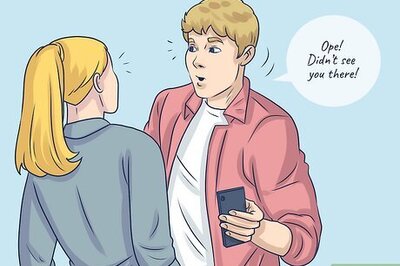

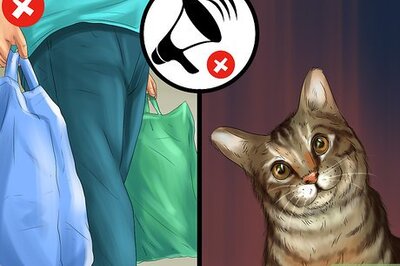

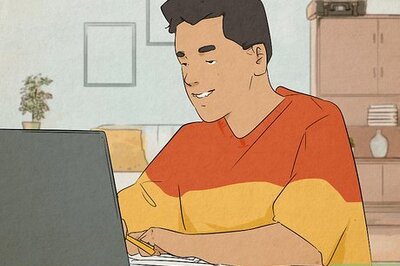

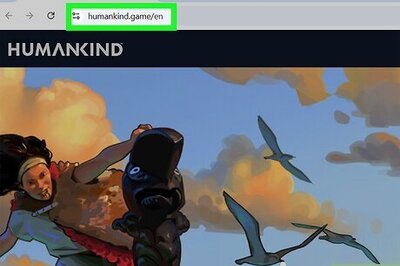
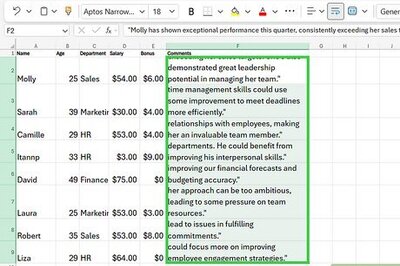

Comments
0 comment